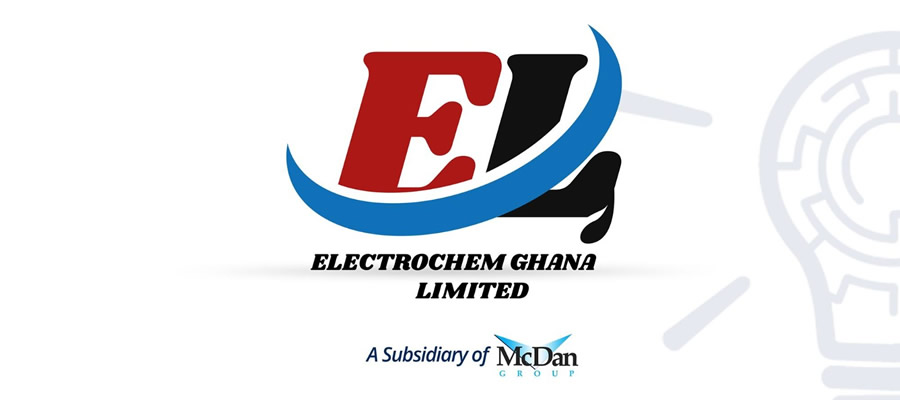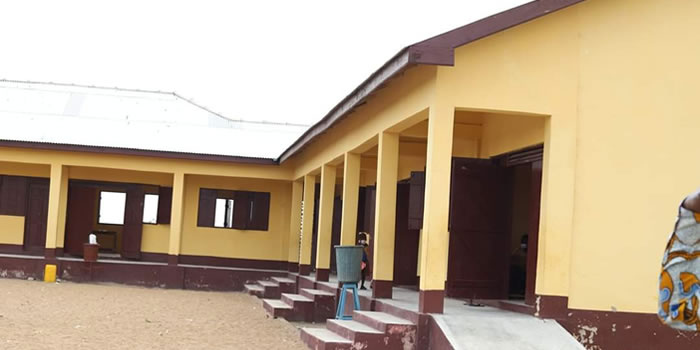

Introduction
The overall objective of development is to improve the social and economic wellbeing of people which must reflect in the choices available to them. In contemporary times, governments as well as international donors have contributed in different ways to improve the living conditions of people especially rural folks yet; the scarcity of resource has underpinned the processes.
Since 1957, several policies and programmes to accelerate the growth of the economy and to raise the living standards of the people have been pursued with varying degrees of success. These include Ghana Vision 2020: The First Step (1996-2000); the First Medium-Term Plan (1997- 2000); Ghana Poverty Reduction Strategy (2003-2005); and the Growth and Poverty Reduction Strategy (2006 -2009). In 2010-2013, the Ghana Shared Growth and Development Agenda was also formulated to give direction and focus the nation toward achieving a middle income status.
Prioritization of Identified Development gaps/Issues
Resource constraints places limitations on the capacity of a nation to achieve the desired level of development within a given time period. Thus, under the circumstance, the best approach to allocate available resource in the best interest of the people is to prioritize the development issues.
It is quite understandable that the focus of planning is basically to allocate resources which for most parts are usually scarce. However, in order to achieve synergy and most importantly to enhance efficiency and effectiveness in the scarce resource allocation, appropriate criteria need to be defined to ensure value for money. The criteria below formed the basis upon which the identified issues of the district were prioritized to inform the design of appropriate development interventions. They include:
(i) Impact on a large proportion of the citizens especially, the poor and vulnerable;
(ii) Significant linkage effect on meeting basic human needs/right e.g. immunization of children and quality of basic schooling linked to productive citizens; reduction of gender discrimination linked to sustainable development.
(iii) Significant multiplier effect on the local economy- attraction of enterprises, job creation, increases in incomes and growth, etc
(iv) Impact on even development (extent to which it addresses inequality)
A careful analysis of the district profile and a reflection on the past development strategies revealed that a number of development gaps continue to dominate and widen the inequality
From the analysis in the prioritization process, developmental gaps/issues emerged as areas which should be critically tackled prior to the consideration of other issues.
It therefore means that, the district must focus on these areas of the development process; since they stand to impact on the local economy more significantly.
ANALYSIS OF POTENTIALS, OPPORTUNITIES, CONSTRAINTS AND CHALLENGES
POCC analysis is carried for the prioritized development issues identified from needs and aspiration of the District and also from the harmonized development issues and the MTDPF (2014 – 2017).
In development planning it is important to scan environment within which the development interventions are to be implemented. In so doing, it is important to identify the supporting factors as well as those that have the capacity to work against the expected development envisioned. The analysis involved is the POCC analysis. The potentials and opportunities comprise all factors which can be successfully tapped for development. The constraints and challenges however, comprise the otherwise.
Below is the outcome of the POCC analysis carried out in a very participatory manner.
Developing human resource for national development is of immense important in the development of this District. Even though there are inadequate educational and health infrastructure in the District, there is enough potentials as well as opportunities that can be harnessed for human development. It is however very important that adequate financial allocations are made towards the realisation of these aim most especially in the areas of education and health.
ENHANCING COMPETITIVENESS OF GHANA’S PRIVATE SECTOR
The public sector alone cannot meet the demands of the growing population. The intervention of government (District Assembly) in enhancing the private sector competitiveness is critical. This therefore calls for fostering the development of policies and institutions that will spur growth in the district. The approach in this regards will be to initiate interventions which will strengthen effective collaboration between the Public and private sector in boosting the local economic development. In the short term, the district will undertake to improve the environment for private businesses development- particularly the Medium Small and Micro Enterprise (MSMEs) which are recognized as the necessary engine to propel job creation and poverty reduction
For this purpose therefore, the overall goal is to create and strengthens the right institutional framework for entrepreneurial development in partnership with the development partners.
Within the framework of Enhancing Competitiveness of Ghana’s Private Sector, three focus areas will engage the attention of the Ada West District and each focus area will be informed by specific policy objectives. . The focus areas are
i. Private Sector Development
ii. Growth and Development of MSMEs
iii. Developing the tourism industry
Date Created : 11/17/2017 4:37:32 AM










 facebook
facebook
 twitter
twitter
 Youtube
Youtube
 +233 593 831 280
+233 593 831 280 0800 430 430
0800 430 430 GPS: GE-231-4383
GPS: GE-231-4383 info@ghanadistricts.com
info@ghanadistricts.com Box GP1044, Accra, Ghana
Box GP1044, Accra, Ghana